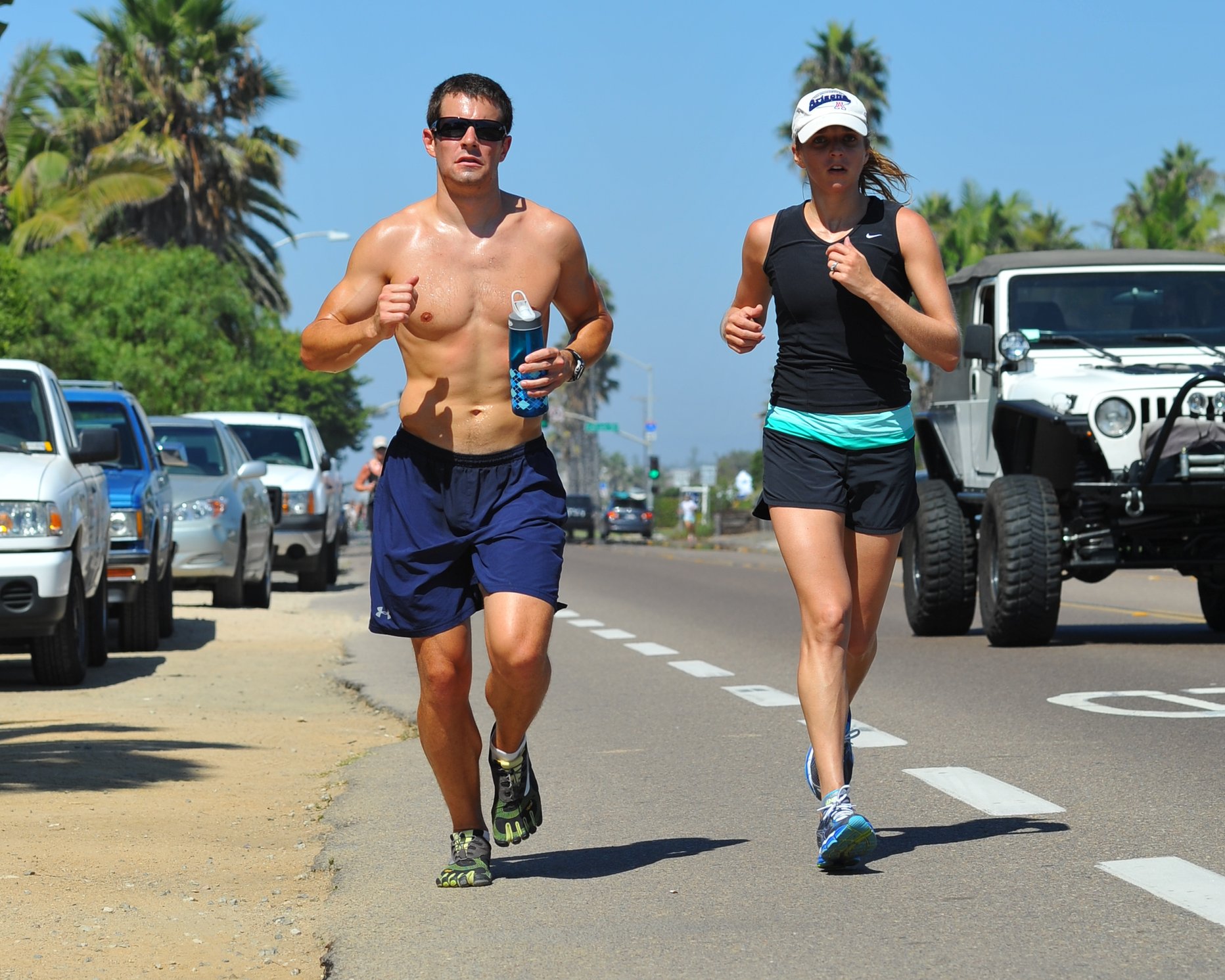Story at a glance…
-
It’s not clear if running barefoot or with minimalist shoes prevents injuries.
-
It’s not even clear if modern running shoes reduce the amount of work the muscles in one’s foot can perform.
-
Is there anything that can be gleaned from the market demand for minimalist running shoes and training?
Millions of years of hominid evolution met the modern running shoe in 1970. From that day forward, a rise in both the populations that enjoyed running, and the number of injuries in the feet and legs of runners, were observed.
No change in the form of the modern running shoe has reduced the average amount of sustained injuries since their invention, but some studies have shown that contrary to hypotheses that runners use the muscles in their feet less while wearing thick-soled running shoes, leading to a greater number of injuries, runners actually use their intrinsic foot muscles more when running in shoes than when running barefoot.
Despite the physiological science seemingly remaining unsettled, trainers and athletes are taking to a wave of barefoot training, barefoot or minimalist running, and overall barefoot influencing quite strongly. For example British athlete Ross Edgley made history by swimming the entire perimeter of Great Britain, and now commonly advertises Vivo Barefoot shoes on his Instagram.
View this post on Instagram
Despite this, the jury is far from unanimous on this point, as one 2018 review of existing literature details that it’s not even clear that a barefoot running gait of landing on the forefoot is used among the groups most likely to use it.
…There are many runners who do not get injured, including those that use a RFS (rear-foot strike). In fact, most world championship marathon runners use a RFS. Even habitually barefoot modern hunter-gatherers who farm more than hunt and therefore, do not require running as part of activities of daily living, predominately use a RFS up to speeds of ~5.0 m/s. A tendency to use a RFS is also seen in habitually barefoot children, perhaps due to lower body mass, [as well as] women who do not run, and in runners running on soft surfaces.
A seemingly acceptable way to interpret the vast inconclusive literature about the positive-negative associations of running shod versus barefoot is that we are all different, and in the same way some of us need to train our bodies more than others to perform certain tasks, or some of us can’t digest lactose as well as others, some individuals adapt better to the modern running environment and shoe than others.
Additionally, there’s every chance a person who got an injury running with shoes would have gotten the same injury with minimalist shoes or barefoot, since running is such a repetitive motion, usually done for years if not decades, and is impacted by epigenetics, and more.
Intuition and observation
“Although there are no conclusive data to suggest a causal link between footwear use and injury risk, we believe there are a number of compelling arguments for the inclusion of barefoot or minimalist training in a runner’s program, towards the aim of injury prevention,” write sport scientists Peter Francis and Grant Schofield, authors of the 2018 paper.
“First, an increase in sensory input to the sole of the foot improves postural stability and therefore, fine control of movement. Second, intrinsic foot muscle size and strength improve with barefoot or minimalist activities leading to a restoration of the foot arch,” they conclude.
WaL spoke with trainers who routinely help people with strength and flexibility in their feet to get their perspective.
“Most modern sneakers, they have padding that supports your foot, and it causes your foot to not need to use the muscles to create an arch,” explains Kern McKenzie, trainer and co-founder of Leading Edge Personal Trainers, in New York City.
McKenzie has had to help clients rebuild the natural arch in their foot after they lost it due to prolonged use of overly-cushioned running shoes or flat-footed running, something he notes, most people don’t believe is possible. McKenzie has found that running shoes with a super supportive arch can cause the muscles in the foot to atrophy, leading to collapsed arches not because they’re not supported, but because they aren’t used.
A 2020 paper found that the toe spring, an industry term for the upward curvature of the toe on the modern running shoe, also leads to reduced muscle use, and the higher the upward curve of the toes with respect to the rest of the foot, the less work the foot muscles had to perform to support the joints when walking.
The authors were more cautious than McKenzie to link this to muscular atrophy, but it’s an intuitive connection, since atrophy occurs in other cases such as when you put a limb in a cast for long periods. Furthermore, it’s something McKenzie, who has an excellent record working with clients with weak feet, has seen firsthand.




